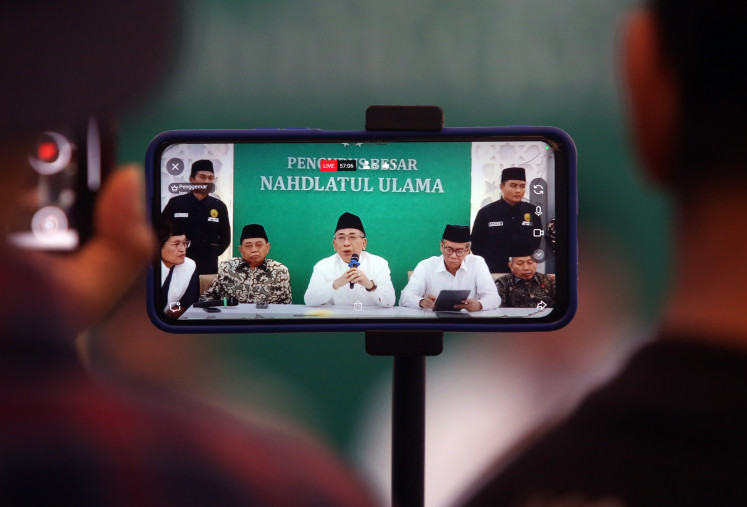Popular Reads
Top Results
Can't find what you're looking for?
View all search resultsPopular Reads
Top Results
Can't find what you're looking for?
View all search resultsPresidential debates go according to script
Change text size
Gift Premium Articles
to Anyone
A
head of the April 17 election, the televised debates between the two presidential candidates, Joko “Jokowi” Widodo and Prabowo Subianto, including the fourth debate on March 30 and fifth and last one on Saturday, were fascinating to observe.
Using the dramaturgical approach of Erving Goffman ( 1959 ), the presidential debates epitomize a stage where the candidates are actors who play their roles the best they can, according to the script.
In a modern political arena, a political leader is judged not only on what he says, but also on how he says it. George Washington, the first president of the United States, was aware of the importance of presenting himself before an audience.
The importance of impression management is even greater now since television and the internet have become the most dominant forms of media. Impression management through news coverage, and special programs, such as presidential debates or political commercials, is vital because television and social media can multiply the effect of this self-presentation.
Some analysts stated that Richard Nixon lost to John F. Kennedy because of his poor performance on television in 1960. At that time, it was reported that Nixon was looking tired, sitting rigidly and blinking his eyes too much, whereas Kennedy was relaxed while sitting with his legs crossed.
According to TV audiences, Kennedy won the debate and then went on to win the election.
In the 1976 election, analysts pointed out that Jimmy Carter beat Gerald Ford because the latter did not look into the camera and his face appeared gloomy. In the 1980 presidential debate between Ronald Reagan and Carter, Reagan won because Carter was nervous and unable to coordinate his nonverbal with his verbal behavior.


















